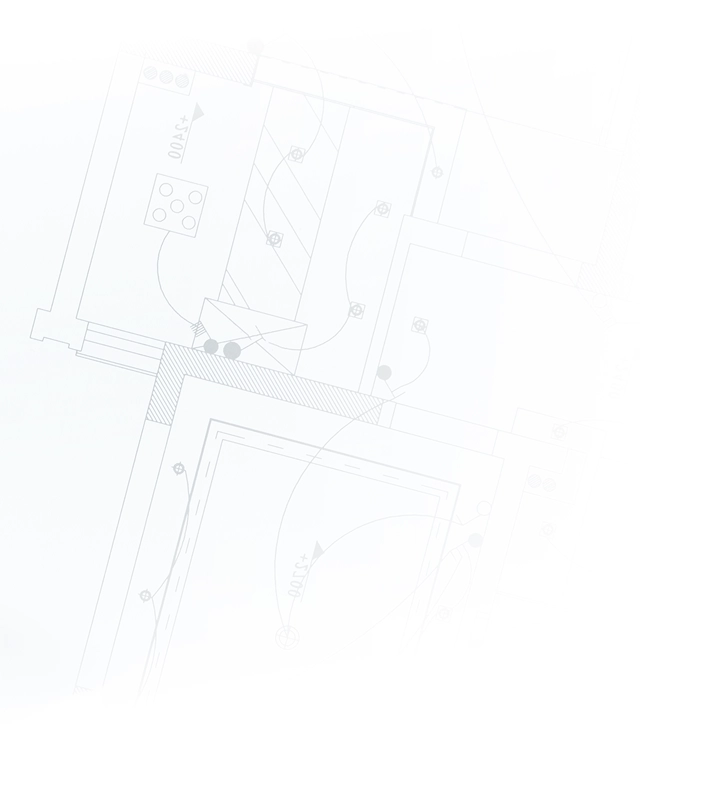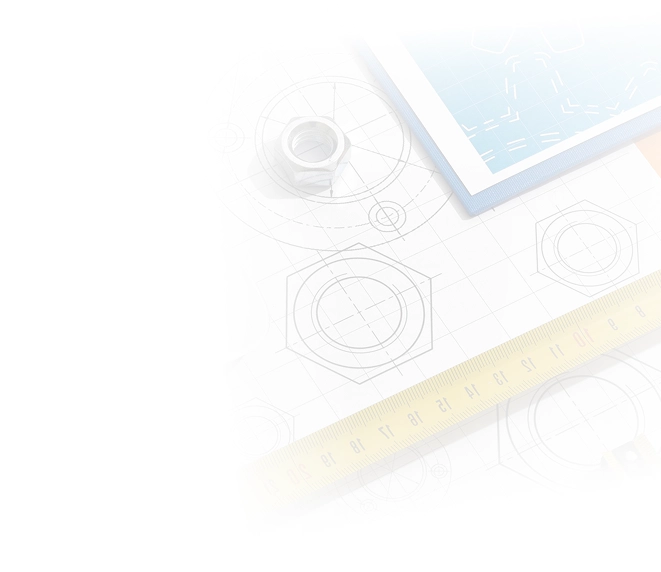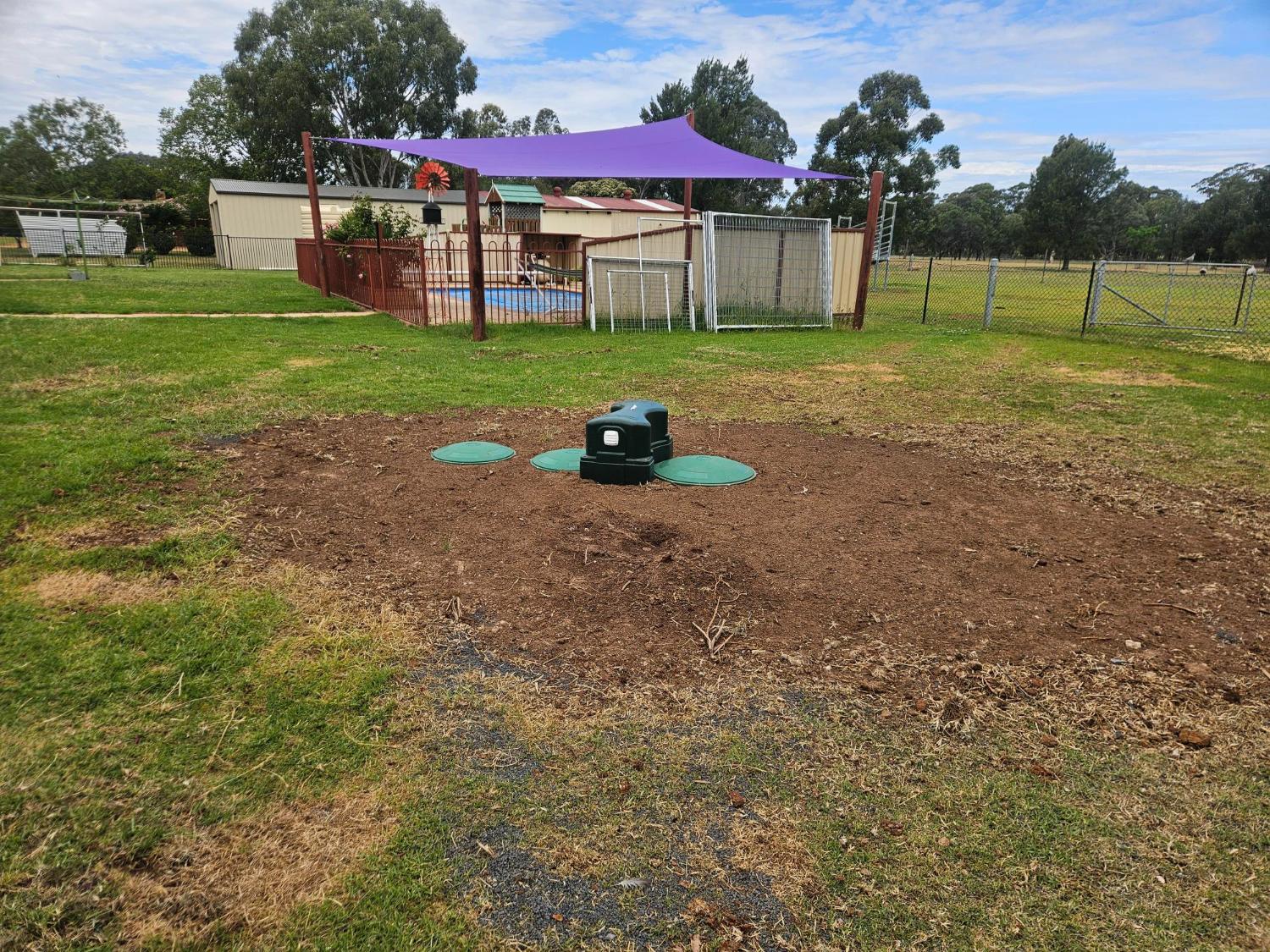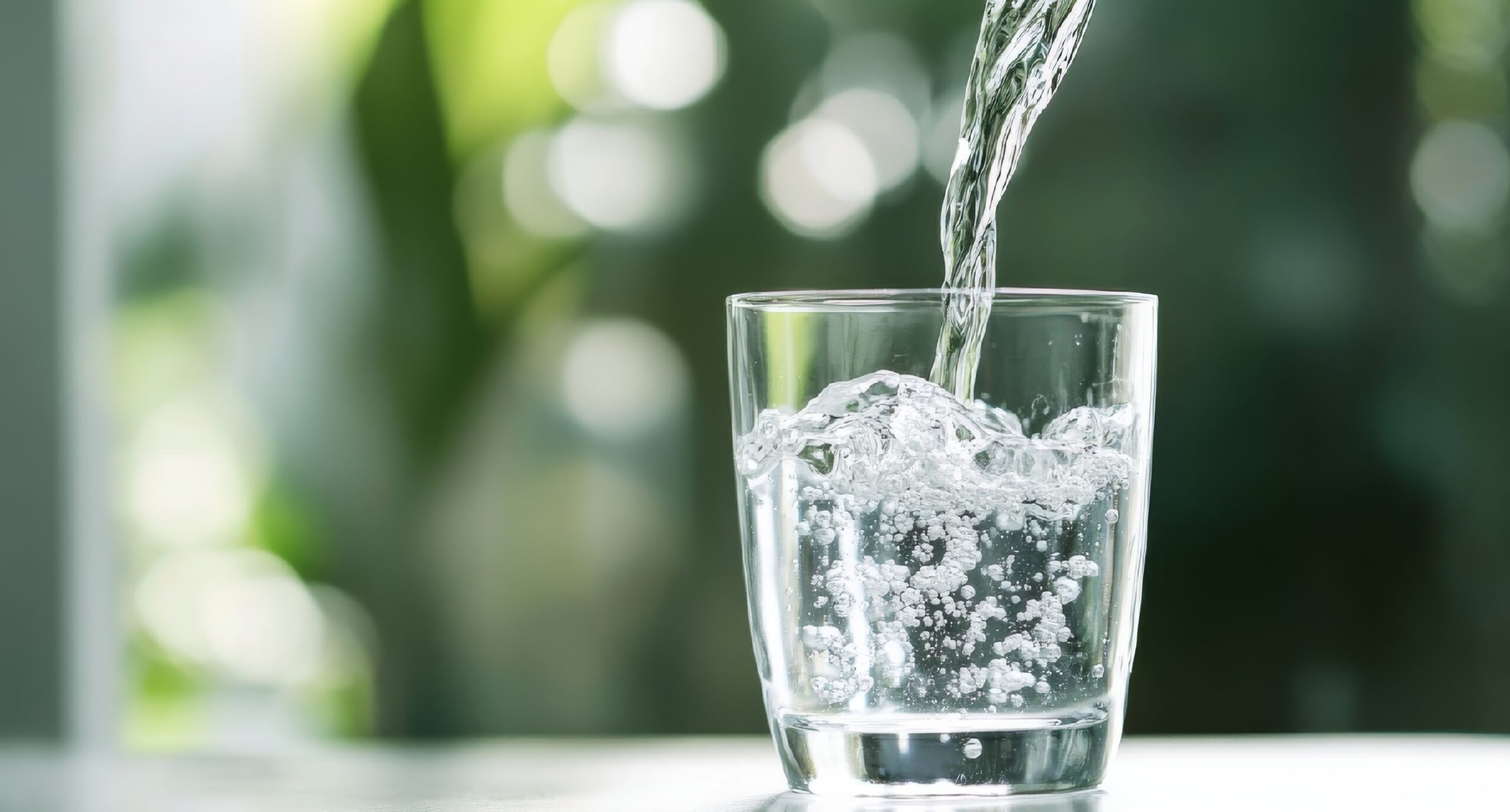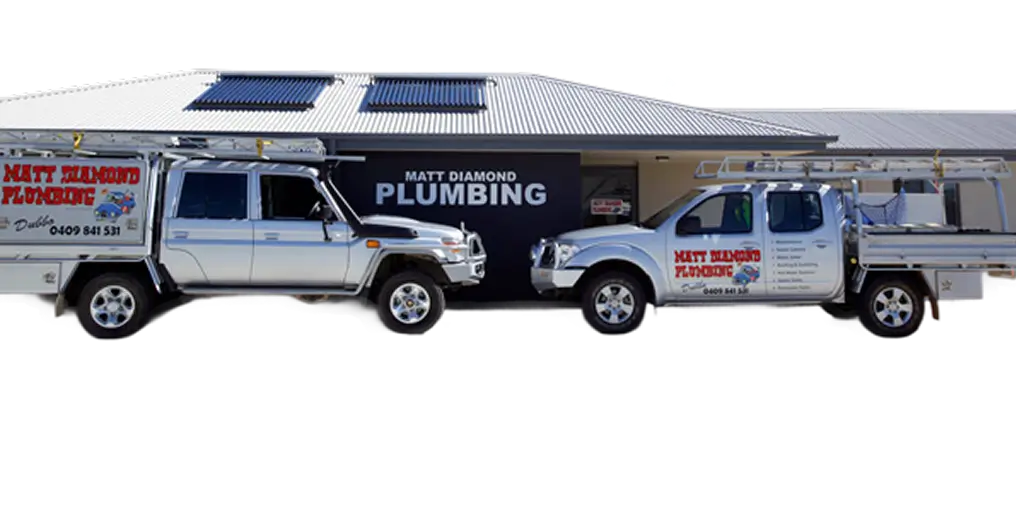What Is Considered a Plumbing Emergency?
Understanding what constitutes a plumbing emergency is important for prompt action. Here are a few scenarios that require immediate attention:
- Massive Water Leaks: Water leaks, such as those caused by damaged fixtures or broken supply lines, can lead to flooding and structural damage if not addressed immediately.
- Sewer Backups: When liquid waste starts backing up into sinks, showers or toilets, it indicates a sewer line blockage or malfunction. This situation requires immediate attention to prevent health hazards and further damage to your plumbing system.
- Overflowing Toilet: An overflowing toilet is not only messy, but it can also cause water damage to your floors and surrounding areas. If plunging the toilet doesn’t resolve the issue or if you suspect a clog deeper in the plumbing system, it’s advisable to seek professional assistance.
- Water Line Damage: Damage to the main water line can cause disruptions to your water supply. Contact a plumber if you suspect a water line issue, such as a sudden decrease in water pressure or visible signs of damage.
Steps to Take During a Plumbing Emergency
When dealing with a plumbing emergency, the first step is to call a licensed plumber immediately. Explain the situation clearly, provide the necessary details and request their urgent assistance. While waiting for the plumber to arrive, there are several actions you can take to further minimise damage and expedite the repair process:
- Safety First: Before taking any action, ensure your safety. If the situation poses a threat, such as flooding near electrical outlets, turn off the main power supply to your property.
- Locate the Shut-Off Valve: Familiarise yourself with the location of your main shut-off valve. In an emergency, turning off the water supply can help minimise damage. Typically, the shut-off valve is located near the water meter or the place where the main water line enters your home.
- Contain the Leak: If possible, try to contain the leak using buckets, towels or any other available containers to prevent further water damage.
- Turn Off Appliances: If the emergency involves a malfunctioning appliance, such as a water heater or washing machine, turn off the appliance.
- Clear the Area: Remove any items or furniture near the affected area to allow the plumber to work efficiently and access the problem easily.
- Document the Damage: Take photos or videos of the plumbing issue and the resulting damage. These records can be useful for insurance claims or for future reference.
Take Control of Plumbing Emergencies with Matt Diamond Plumbing
If you’re facing a plumbing emergency, don’t hesitate to contact us at Matt Diamond Plumbing. Our team of licensed plumbers (Licence No. 186799C) is ready to handle your plumbing emergencies. Call us now for immediate assistance.
